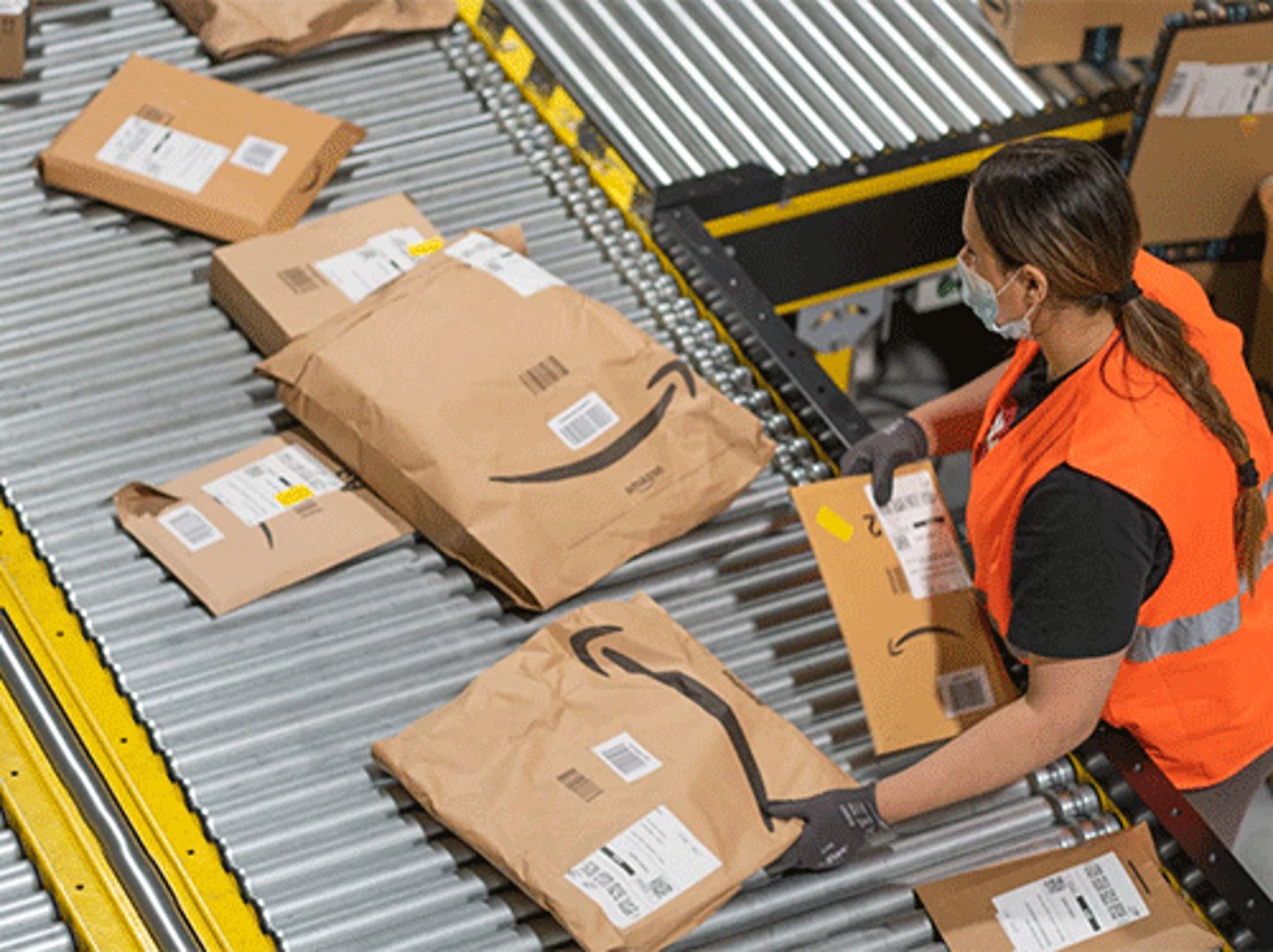Amazon optimizes fulfillment network for accuracy, speed
Amazon is overhauling technology and processes to maximize the effectiveness of its fulfillment operation.
In a letter to shareholders, Amazon CEO Andy Jassy said that during the last several months, the e-tail giant has “scrutinized every process path” in its fulfillment centers and transportation network and “redesigned scores of processes and mechanisms,” resulting in steady productivity gains and cost reductions.
“We’ve recently completed this regional roll out and like the early results,” Jassy said in the letter. “Shorter travel distances mean lower cost to serve, less impact on the environment, and customers getting their orders faster. On the latter, we’re excited about seeing more next day and same-day deliveries, and we’re on track to have our fastest Prime delivery speeds ever in 2023.”
Reorganizing the U.S. fulfillment network
Until recently, Amazon operated one national U.S. fulfillment network that distributed inventory from fulfillment centers spread across the entire country. If a local fulfillment center didn’t have the product a customer ordered, Amazon would ship it from other parts of the country, costing more and increasing delivery times.
[Read more: CSA Exclusive: Amazon’s Boston-area fulfillment center]
As Amazon’s fulfillment network expanded to hundreds of additional nodes over the last few years, distributing inventory across more locations and connecting the central fulfillment center to it delivery station nodes became more challenging.
So in 2022, Amazon started moving from a national fulfillment network to a regionalized network model. This included upgrading placement and logistics software, processes, and physical operations to create eight interconnected regions in smaller geographic areas.
Each of these regions can operate in a self-sufficient way, while still being able to ship nationally when necessary. Amazon is also continuing to develop advanced machine learning algorithms to better predict what customers in various parts of the country will need, so that it has the right inventory in the right regions at the right time.
[Read more: Amazon takes on ChatGPT with next-gen AI platform]
Amazon automates the supply chain
Amazon has already been employing more than a dozen types of robotic systems in its supply chain facilities around the world, including sort centers and air hubs. In June 2022, Amazon announced “Proteus,” its first fully autonomous mobile robot. Proteus moves autonomously through Amazon’s fulfillment and sort facilities using advanced safety, perception, and navigation technology developed by Amazon.
Amazon also introduced Cardinal, a robotic lifting arm that uses artificial intelligence (AI) and computer vision to efficiently select one package out of a pile of packages, lift it, read the label, and precisely place it in a cart.
In addition, to reduce the need for employees to reach up, bend down, or climb ladders when retrieving items, the company is developing a robotic Containerized Storage System designed to deliver products to employees in a more ergonomic manner. The solution determines which pod has the container with the needed product, where that container is located in the pod, how to grab and pull the container to the employee, and how to pick it up once the employee has retrieved the product.
More recently, the retailer acquired Belgium-based Cloostermans, which designs and manufactures mechatronics solutions, robotic technology that Amazon will use to help move and stack heavy palettes and totes, or package products together for customer delivery.
In other efforts to streamline fulfillment, Amazon is s researching how to automate inventory identification using multimodal identification, or MMID, which would eliminate the need for barcodes in its supply chain.


